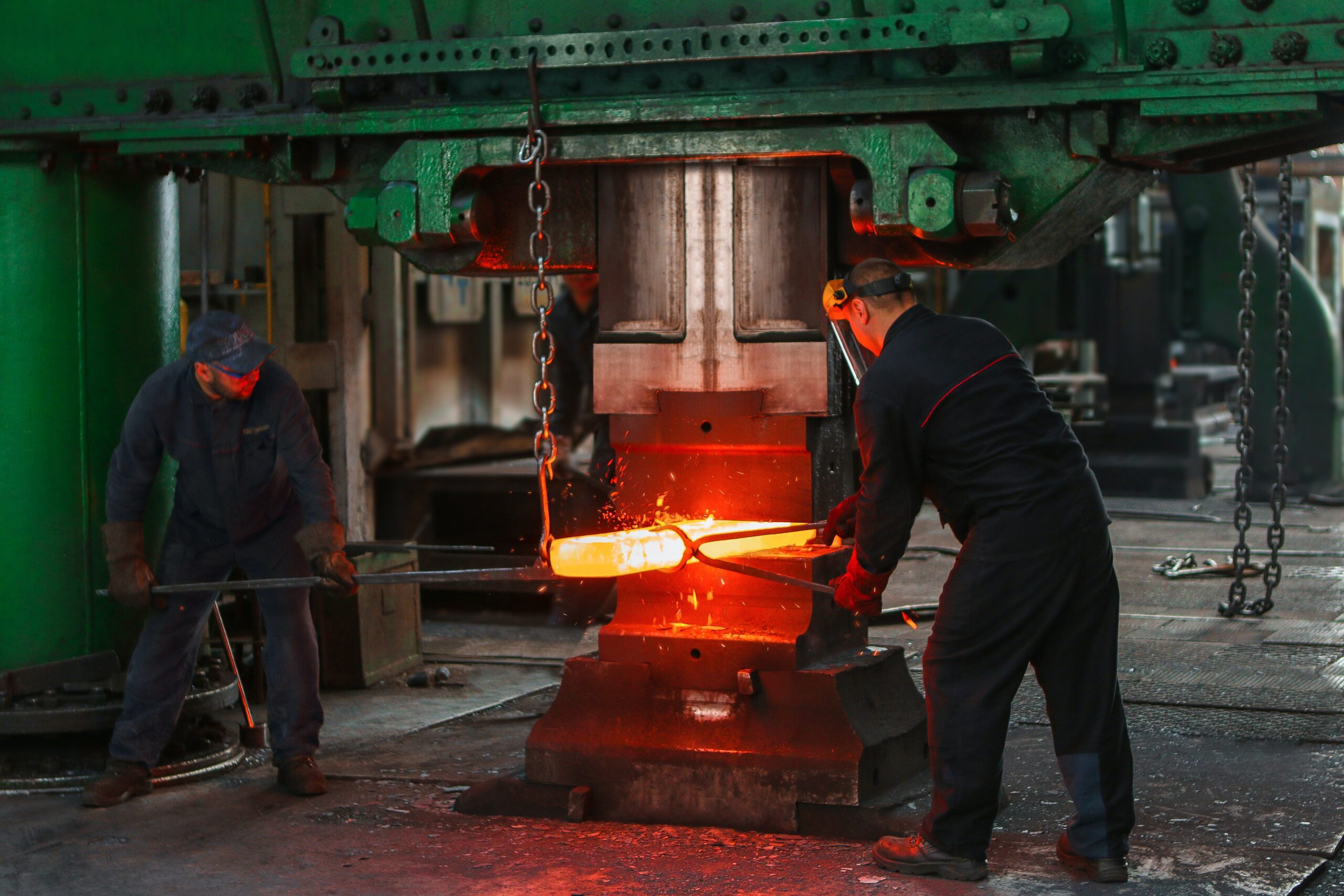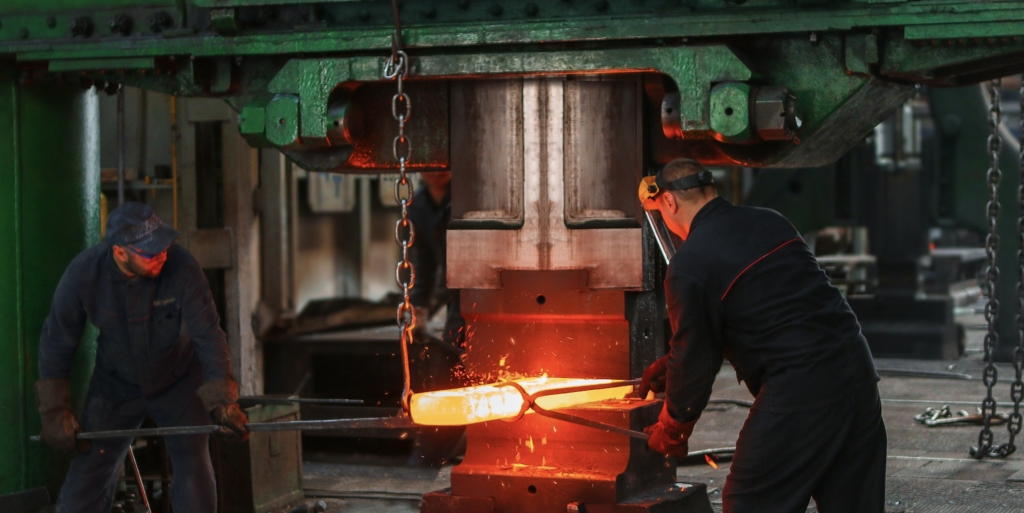If you are unfamiliar with manufacturing or, more particularly, metal forming, there may not be a significant difference between melting and sintering. But the truth of the matter is that the difference between the two processes goes well beyond the semantics. The process that uses sintering differs from one that melts an object. In this article, we look at how the two projects are distinct. Also, their applications are distinct. One of the products of sintering is sintered plastic. Another common one is the pe filter.

What is Sintering?
Sintering refers to the process that fuses particles into a solid mass through the use of heat and pressure combinations. However, it does not melt the materials. Some of the particles that are usually sintered together are ceramics, metal, and sintered plastic.
The Sintering Process in Metallurgy
Most metals can be put to undergo the process of sintering. Powder sintering increases the structural integrity and strength of metal powder. The sintering process occurs after fusing metal powders and other items like alloying elements. It uses a heat treatment procedure in an elongated furnace containing different temperature zones. Typically, the sintering temperature is lower than the melting points of the materials being sintered. This is to avoid melting.
There are three stages in the sintering process in metallurgy. They include the following:
Initial Stage
In the first part of metal powder sintering, the materials are heated at a temperature that can induce the formation of crystalline structures in the furnace. Since the temperature isn’t high enough to completely melt the particles, complete compaction does not occur during the initial stage of sintering. Consolidating the materials can be accomplished through various means, including using tools to press the materials together or 3D printing lasers which can partially melt powders. To make the metal powder more compact, cold welds may be used to join the particles. This gives the powder the strength for the remaining sintering process.
Intermediate Process
At this stage, the density of the particles increases, and they finally merge. Two methods are used to achieve this and they are permanent liquid phase sintering and transient liquid phase sintering.
Where iron is involved in sintering powder compact, the process used will be the transient liquid phase sintering. During this process, iron powder is mixed with copper powder. At the normal sintering temperature, the copper powder will melt and fuse with iron, which hardens the materials together. Use a thermal mass flow meter during the process for a better understanding.
Liquid materials, for example, cemented carbides get added to the open cracks and pores in the method of the permanent liquid phase. This binds the materials together further.
Final Stage
At this stage of powder sintering, the original materials are now mostly solid. In the last stage, more binder and liquid additives flow into open pores or cracks, where they successfully bind together the packed mass.
Sintering and Melting: The difference
Melting and sintering may be methods that are both used for combining materials. However, they have significant differences between them.
Sintering Temperature and Liquefaction
The main difference between the two methods of manufacturing is the material liquefaction.
When a material is melted, it is heated to a temperature high enough to turn the solid form of the material into a liquid form. In other words, the material is exposed to sufficient thermal energy to enable the change of energy states.
On the other hand, when a material is sintered, it is instead compacted by a combination of pressure and heat without reaching the energy threshold needed to turn it from solid to liquid.
So, what is the significance of this difference? The reason it’s important is that sintering can take place in lower temperatures in optimum conditions. An example of sintering is the snow. Pressure-based sintering is akin to a child compacting snow into ice.
In general, sintering is achieved by varying pressure or temperature, while melting solely depends on temperature.
Applications of Sintering and Melting
Sintering and melting may be similar in one way or the other. However, they are two distinct processes that have different applications.
Sintering Uses
One of the most important uses of sintering is joining the particles of metal together. Sintering is most applicable when the metals in question have high melting points. That is because the method doesn’t rely on attaining the melting temperatures for it to work.
Certain 3D printers work by sintering one metal layer at a time to form custom metal forms. The advantage of sintering a metal in preparation for 3D printing is that it helps save energy as opposed to what happens when the same metal is to be melted. Also, sintering permits greater consistency and control because the material is not being liquefied completely.
However, this leaves more microscopic gaps than the full liquefaction caused by melting would. Another use of sintering is decreasing the porosity of the surface of an object, something that can improve the properties of materials.
Melting Uses
Melting also has several uses and this depends on the material that’s being melted and the reason for melting it. Melting liquefies metals and it is most applicable where the goal is to join two or more metals.
Melting is also important where a metal allow has to be completely liquefied to put it in a new shape or even change its physical properties.
For example, magnetized steel can lose its magnetism when it is heated as this disrupts the alignment of the atomic structure of the metal. However, in the case of the majority of magnetized metals, it’s not necessary to fully melt the magnet to kill its magnetic properties. The metal only needs to reach the Curie temperature. This is the temperature at which magnetized atoms tend to lose their alignment.
In the majority of manufacturing applications, the work of melting is for fusing two objects. It can also be used to reform a metal to alter its properties.
Conclusion
Many people confuse melting and sintering as methods of manufacturing metals. They may be both used for joining metals, but that doesn’t mean they are the same. The two processes are different and have distinct applications. Sintering takes less energy because it occurs at a lower temperature than melting. Also, it has many applications like the creation of sintered plastic and pe filter, to mention but a few.

